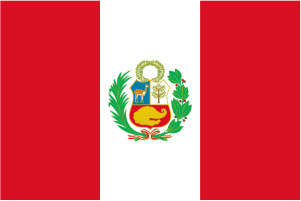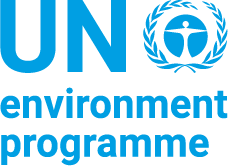
Tropical peatland is a valuable and vulnerable ecosystem storing tremendous carbon in the form of above ground biomass and soil carbon. Hokkaido University and collaborative research group with Indonesian experts are conducting a long-term research on tropical peatland ecosystem since 1990s and they concluded that eight key elements need to be monitored for the comprehensive peatland assessment; (1) CO2 flux and concentration, (2) Hotspots detection, (3) Forest degradation and species mapping, (4) Deforestation, forest biomass changes, (5) Ground water level and soil moisture, (6) Peat area and peat property, (7) Peat subsidence and (8) Water soluble organic carbon. As hyperspectral sensors which have more than 100 channels from VNIR (Visible Near Infrared) to SWIR (Short Wave Infrared) regions enable us to extract specific spectral information of various objects including above elements, its applications are expected to contribute to tropical peatland monitoring. Some examples of hyperspectral applications are introduced in this chapter.
Download:
 file
file

- Authors: Hirose, K., Osaki, M., Takeda, T., Kashimura, O., Ohki, T., Segah, H., Gao, Y., Evri, M.
- Author Affiliation: Japan Space Systems, Hokkaido University, Mitsubishi Research Institute, Inc., University Palangka Raya (UNPAR), Universidad Nacional Autonoma de Mexico, Agency for the Assessment and Application of Technology (BPPT)
- Subjects: peatlands, tropics, aboveground biomass, ecosystems, climate change, mitigation, dissolved organic carbon
- Publication type: Chapter
- Source: Osaki, M., Tsuji, N. (eds). 2016. Tropical Peatland Ecosystems. 421-431
- Year: 2016
- ISSN: 978-4-431-55681-7
- DOI: https://doi.org/10.1007/978-4-431-55681-7_28
















